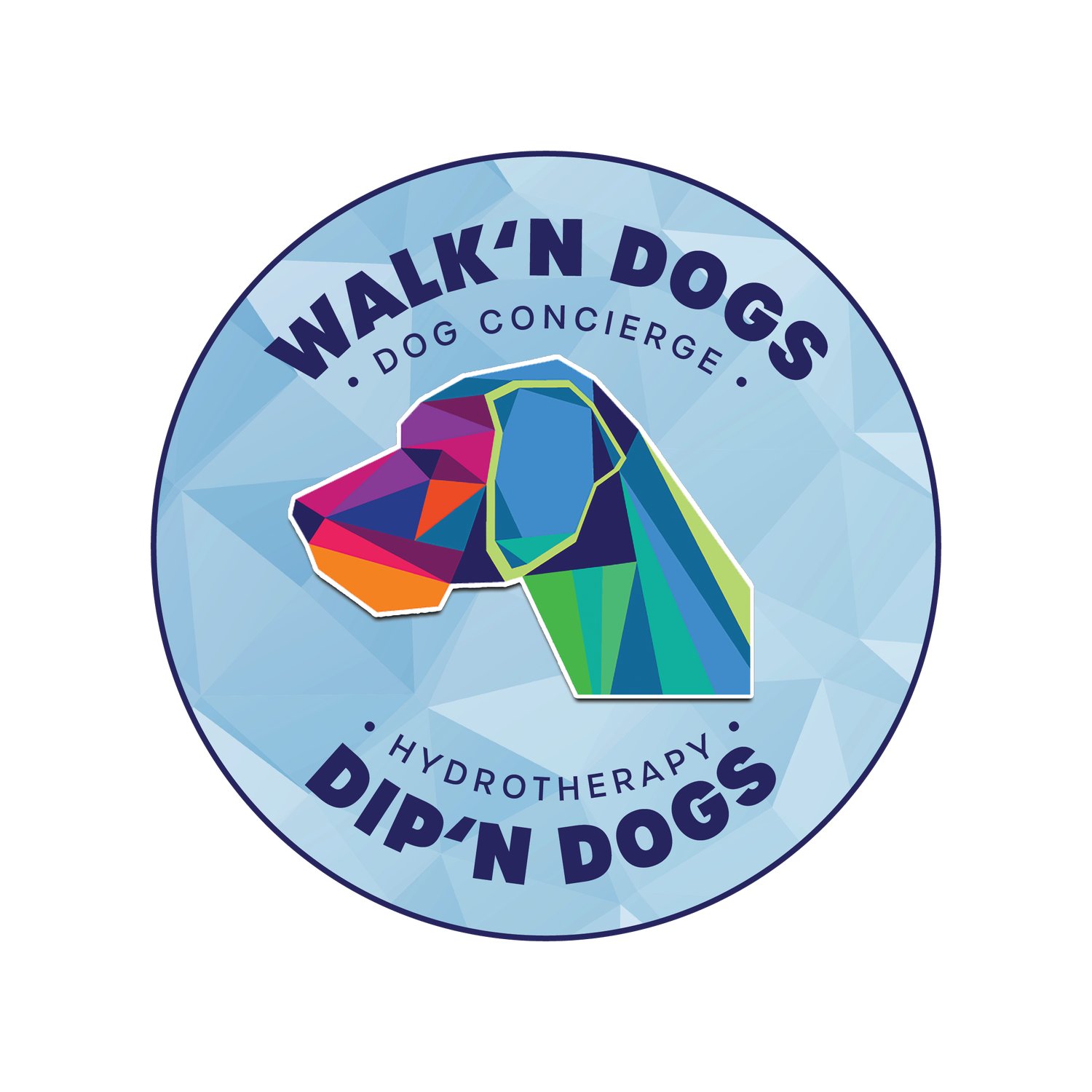Common Dog Phobias & How to Help
Dogs and humans share common ground when it comes to anxiety, fears and phobias. All of these conditions can be miserable experiences and can make us all feel like there’s no way out. Twenty to forty percent of all dogs have some type of anxiety and fear disorder throughout their life, whether it be when they’re puppies or develop well into their adult or senior years. These fears can be associated with genetics, traumatic experiences and lack of training or socialization. It is important to understand and recognize signs and symptoms of anxiety and phobias in our dog, and also know when to seek help for them.
Common Dog Phobias and Reasons for Them:
Being Alone
Thunderstorms
Fireworks
Vet Visits
People
Other Dogs
Loud Noises
Unfamiliar Objects or Places
Grooming/Bathing
Car Rides
Medical Condition
Old Age
Symptoms of Anxiety in Dogs:
Aggression
Tucked Tail
Pacing
Hiding
Shaking or Trembling
Barking
Excessive Licking
Yawning
Panting
Drooling
Relieving themselves indoors
Repeated Behavior
Chewing at themselves
Ways to Help Your Dog
A good place to start when helping your dog is to figure out what’s causing their phobia. Every dog is different and the ones who are suffering from phobias will need different types of help. You may benefit from talking to a behaviorist trainer or a Veterinarian, to discuss the best way to treat your dog’s condition. Typically, treating anxiety involves training and sometimes medication, phobias in dogs can be quite serious, leading to aggression, destructive behavior and a decreased quality of life. It is important to be patient and understanding when your dog is showing signs of fear. It may be frustrating at times, but ultimately your dog needs your help and you are the only one who can provide them with it. Be their voice and take the proper steps to manage their condition.
Preventative Tips to Keep Anxiety at Bay:
Socialization
Obedience Training
Proper Diet
Healthy Exercise
Listen and Watch Your Dog’s Body Language
Avoid Triggers
Comfort Your Dog
Natural Calming Supplements/Treats
Healthy Distractions

